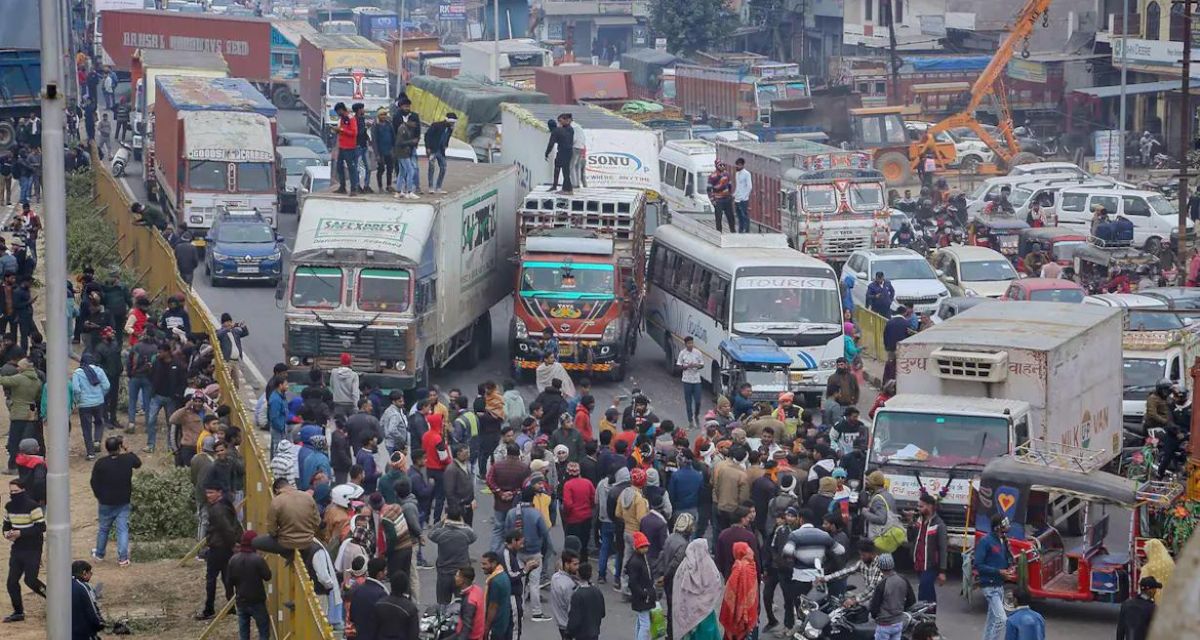Several transport associations and auto-driver groups across India are voicing their dissent against the newly implemented hit-and-run law under the Bharatiya Nyay Sanhita (BNS), which has replaced the traditional Indian Penal Code in this aspect. This Hit-and-Run Law introduces severe penalties for drivers involved in serious road accidents who leave the scene without notifying authorities. The punishment can extend up to 10 years imprisonment or a fine of ₹7 lakh, a significant increase from the previous maximum of two years under the IPC.
Private transport operators are particularly concerned, suggesting that the law could deter drivers and potentially lead to unfair punishments. They argue that in the chaos following an accident, drivers attempting to help the injured might face mob violence, a scenario not accounted for in the new legislation.
The All India Motor & Goods Transport Association, led by President Rajendra Kapoor, has been at the forefront of these protests. Kapoor emphasizes the lack of consultation with key stakeholders before implementing the Hit-and-Run Law, noting that the decision was made unilaterally without discussions or meetings with those most affected. He calls for a dialogue with the government to address the concerns of the transport community.
Despite these protests, Kapoor asserts that dialogue, not demonstration, is the path to resolution. He expresses confidence in the government’s willingness to engage with the transporters and consider their recommendations for amendments to the Hit-and-Run Law.
Protests have manifested in various forms across the country. In Madhya Pradesh, a ‘chakka jam’ (traffic jam) was orchestrated by private bus and truck drivers, while bus drivers in Raipur, Chhattisgarh, also staged demonstrations. The situation in Nagpur saw an indirect impact, with long queues at petrol pumps due to the ongoing protests.
The agitation highlights a crucial debate on road safety versus the practical challenges faced by transporters. As the country grapples with this new legislation, the call for a balanced approach that ensures both safety and justice is becoming increasingly loud. The government’s response to these protests and the subsequent dialogue will be pivotal in shaping the future of road transport regulations in India.
Read More… Japan Earthquake: Death Toll Rises to 62 Amid Rescue Challenges


[…] core of the protest lies in the stringent penalties outlined in the Bharatiya Nyay Sanhita. The law stipulates up to ten years in prison and substantial fines for hit-and-run drivers. Truckers argue […]